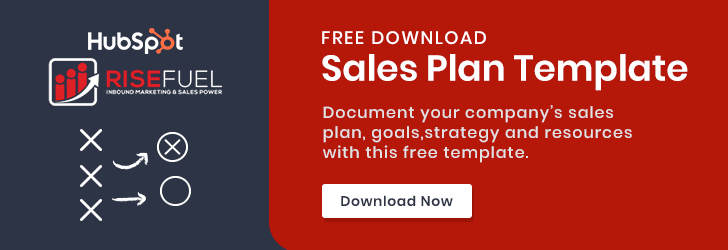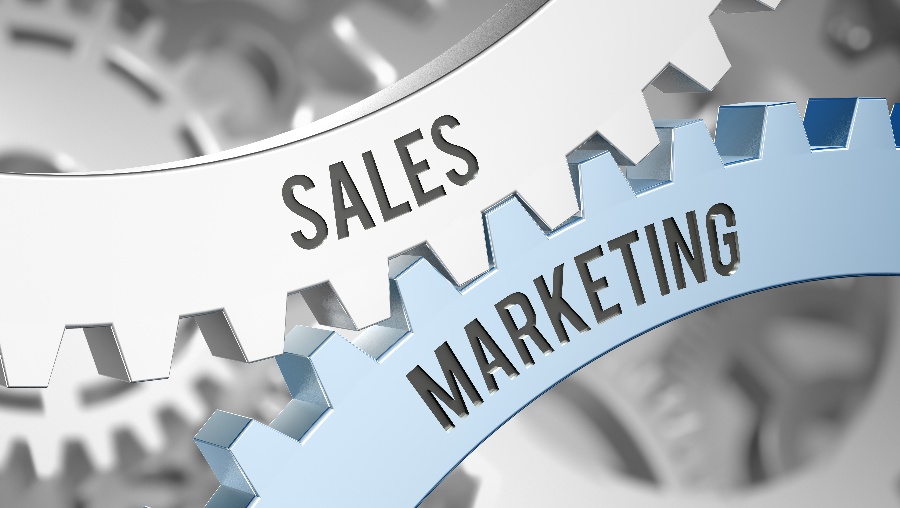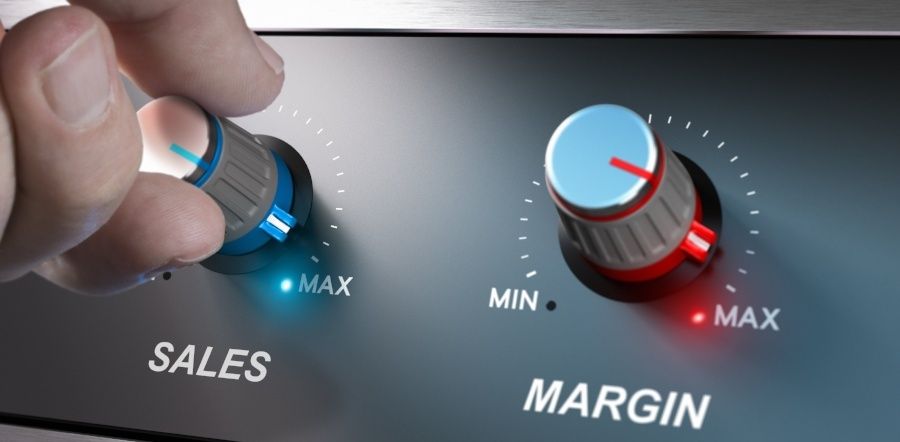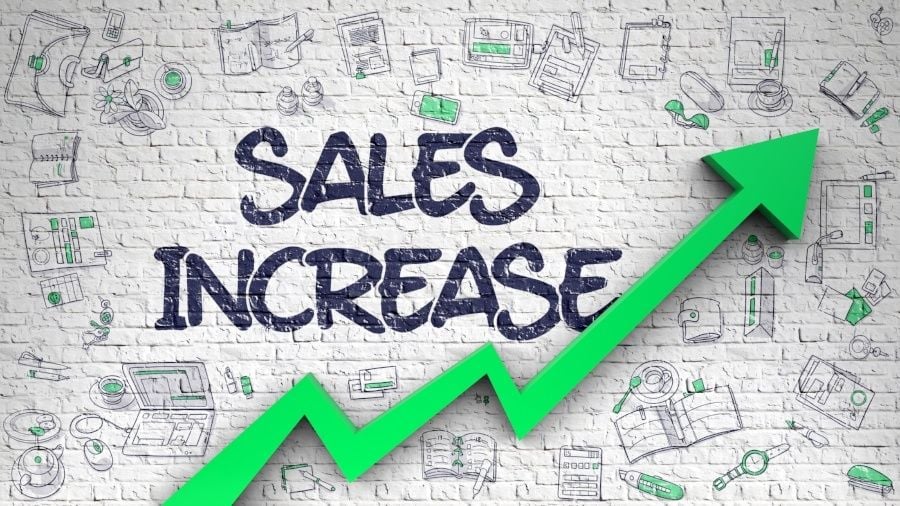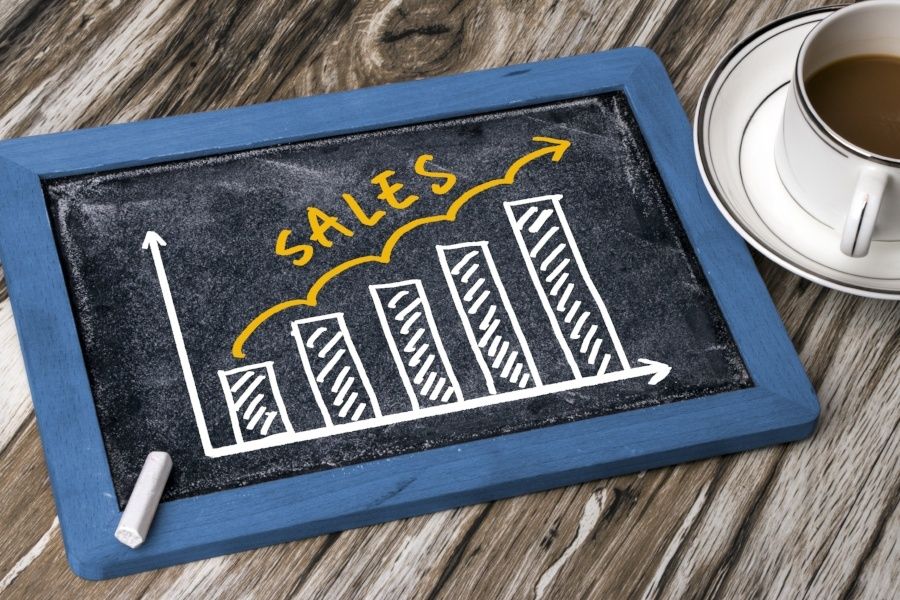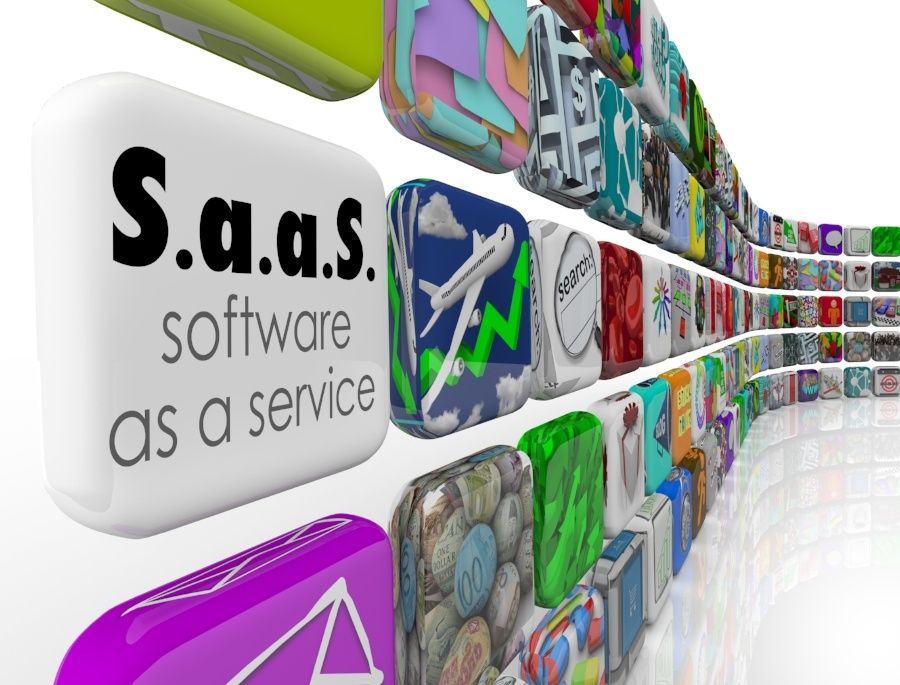
All companies want more sales. Sales enablement is one of the most popular strategies for re-shaping how your company looks at sales. If you work in sales, there is a good chance that you have heard of it.
It has been a hot topic in recent years due to its ability to change the way that organizations provide resources to their sales teams, resulting in more optimal conversations with your ideal clients.
A recent study by CoInsights showed that companies that invest in sales alignment see win rates improve by an average of 11%.
Here at RiseFuel, I work with companies to institute sales enablement strategies that mesh with their other marketing practices.
Sales enablement is all about establishing yourself as an authority, sharing the right materials with your prospects, and facilitating conversations with your best prospects.
Before we dive into the nuts and bolts of how sales enablement can help your business, we have to define exactly what it is and how it works.
What Is Sales Enablement?
Sales enablement is a process. It’s the process of providing information, content, and software tools that help salespeople more effectively sell their products to their ideal prospects.
Sales enablement helps salespeople more effectively engage with their prospects, delivering high-value content throughout the buying process.
That content must be custom-tailored to specific points in the buying cycle, delivering exactly what the prospect needs to read when they need to hear it.
At its core, sales enablement advocates for equipping salespeople with more tools than they would in most organizations.
By providing them with content and information that they can share with prospects, they can take a more hands-off approach to the relationship-building process.
In the end, sales enablement is less about the actual selling and more about the buyer and the information they would like access to before making their buying decision.
By providing salespeople with the content and information that they need to effectively engage with their prospects, the prospects themselves have a better experience during the buying process and are able to make more informed decisions.
Why Is Sales Enablement Important for My Business?
Sales enablement provides a better experience both to your buyers and salespeople, but where it really shines is in scalability.
By shifting the focus toward providing content and information to prospects, salespeople are able to manage relationships with more prospects.
It makes the sales process more repeatable and predictable. Over time, you can optimize your process to know exactly when to deliver each piece of information to facilitate sales and help buyers better understand your product as they go through the buying process.
In many sales teams, a handful of top salespeople drive the growth of the organization. Using sales enablement, your entire team will be on equal footing. Each person will have the ability to use the same tools and materials.
With much of the sales conversation shifting toward a more hands-off approach using sales enablement strategies, it helps organizations to bridge the gap between their highest sales performers and their lowest.
What Are the Core Concepts of Sales Enablement?
To answer the question “What is sales enablement,” you have to understand the core concepts of the strategy. There are a number of best practices and core concepts that define sales enablement strategies.
Being able to create a defined strategy for delivering information to your prospects requires foresight and consistency to implement an effective strategy.
Some of the core concepts of sales enablement include:
Defined Objectives
Every effective sales enablement program needs defined objectives so that everyone is working toward the same goals.
A common objective would be helping your least effective salespeople to sell more effectively by arming them with the tools that they need to engage with prospects and convert them into buyers.
Then, you can broaden your objectives to include more specific aspects of the sales content that you will deliver throughout the process.
A Focus on the Buyer’s Experience
Sales enablement places the focus on the buyer’s experience. Because the practice is all about empowering salespeople by giving them the tools they need to engage with buyers, which places the focus squarely on that engagement and how to facilitate a positive engagement for the buyer.
By ensuring that your sales teams have a solid understanding of who the buyer is, what they care about, and where they are at in the buying journey, sales enablement helps to re-shape their experience by changing what your sales team looks at and cares about when interacting with prospects.
A recent study showed that a sales team’s ability to attain quota is correlated with their investment in sales enablement.
Content Drives Sales Enablement
Like inbound marketing, sales enablement is all about providing the right content to your buyers at the right time. You need high-quality content that informs your prospects about your company, product, and industry.
Then, you need to identify the right times during the sales process to deliver that content to them for maximum effectiveness.
The type of content that is used in the sales enablement process includes blog posts, white papers, webinars, case studies, videos, and any other type of content that may be helpful to your salespeople to make key points and help customers better understand how your product can suit their needs.
In sales enablement, your salespeople can use high-quality content as a crutch. This allows them to focus on maintaining relationships with more prospects and will, over time, increase their sales numbers.
Although it does take time to put together large amounts of the type of content that you will need for truly deep sales enablement strategies, there will be a lot of overlap with inbound marketing strategies that allow for that content to find multiple uses in your marketing and sales processes.
The strategy helps to facilitate alignment between your marketing and sales teams. In the end, both departments are working toward the same goal — to create more sales and build better relationships with customers and prospects.
A shift toward sales enablement includes the development of content that will be useful for both teams. According to a study by Aberdeen, 74% of high-performing sales organizations have strong sales and marketing alignment.
Continuous Training
Sales enablement training never stops inside organizations. The strategies call for a constant effort to better understand your customers and the sales process. Regular training helps your teams to sell more effectively.
Training in companies that lean heavily toward sales enablement strategies should occur 3-4 times per year. In most companies, a single yearly training period of the standard.
Sales enablement strategies focus on helping your salespeople improve; as a result, training takes a front seat.
Sales Enablement Facilitates Reliable Growth
So, what is sales enablement? Sales enablement is all about improved experiences. Your salespeople have a better experience because they have more tools and content on hand to share with prospects during the sales process.
The prospects themselves have a better experience because they are provided with more information over longer periods, helping them build better relationships with companies and better understand their buying decision.




